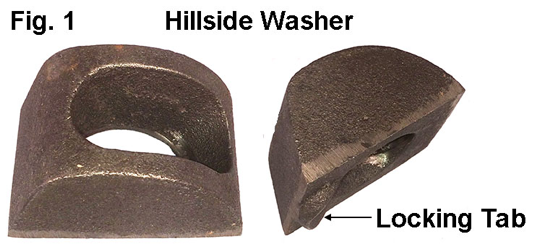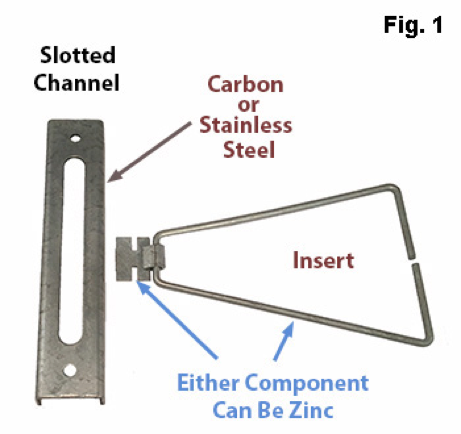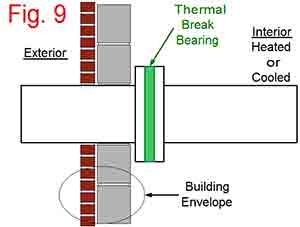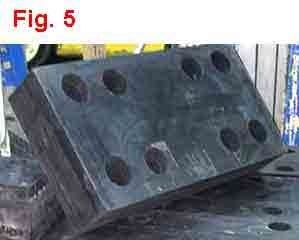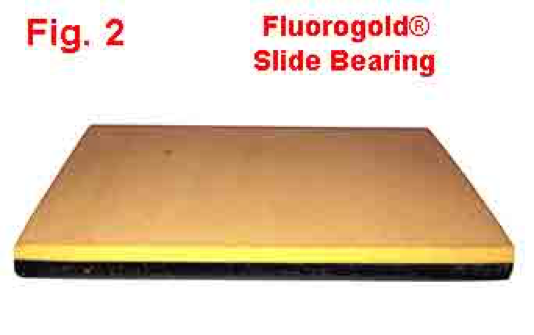Hillside Washers can function in the basic form shown in Figure 1. All the necessary features are in place, along with the load strength to ensure durable performance.
Steel Manufacturing Blog: Keeping it Steel
Tags: Hillside Washers, Turnbuckle Rods, STEEL SUPPLY, Turnbuckles, I-Beam, Thermal Break
Masonry Anchors to a steel fabricator commonly mean Slotted Channel or Rod Anchor. Note: Slotted Channel is sometimes known as a Gripstay® Anchor or Channel Slot Anchor. Rod Anchor, is sometimes known as a Wire Tie, or a Weld-On Wire Tie. These are the two most prevalent systems for securing Block or Brick to structural steel.
Tags: Masonry Anchors
When designing a Teflon® or Fluorogold® Slide Bearing, one of the factors that sometimes gets overlooked is the maximum operating temperature the bearing assembly will function at. Standard Structural Steel expansion type joints don’t develop the heat required for temperature to be a concern, but many specialized applications do. Steam Lines, Furnaces, Ovens, etc. all present environments that can compromise a standard FC-1010-CS slide bearing.
Tags: Slide Bearings, Bearings
Often, we get inquiries from customers asking us to quote on a quantity or series of items. Slide bearings, slotted steel shims, masonry anchors turnbuckle assemblies, etc. While we are always happy to do so, and appreciate the opportunity, it is sometimes difficult to get the customer to focus on the product as well as the cost.
Tags: Anchor Bolts, Slotted Channel, Channel Slot
The Steel Supply Company began in 1898 as a manufacturer of paint and specialized in steel coatings. Over the years, the company has learned some things about coatings, steel, rust inhibition, and protecting steel from the elements. So, when a situation arose in the field regarding coatings, there were no better people to consult with. Sandy Liedeker, grandson of the founder Abraham Liedeker, began his career in 1952, eventually becoming a paint chemist. Whenever we reached out to him for help or information regarding a coating issue his most common response was, and still is, “surface preparation.”
There are an unlimited number of brands and types of Shop Coat Primer for the Steel Fabricator to choose from. Levels of quality vary greatly and different systems can be called out on shop drawings. They will range from the basic Red Oxide or Gray shop coat, with no additional requirements to the more complex and much more expensive 2-part systems, High Solids Rust Inhibitives and Universal Primers.
Fabricated steel is usually primed in the shop and at times requires welding in the field. Most alkyd (oil) based primers will burn away immediately and turn to dust. This leaves the weld and weld area without any corrosion protection. Often, it will begin rusting within days. There are a number of factors that cause weld material to rust. For a better understanding of what causes Weldment Corrosion ASM offers an in-depth review “Basic Understanding of Weld Corrosion.” (click)
Unlike any of the other bearings mentioned in this discussion, thermal break bearings are built to handle static loads only.
Tags: Bearings





